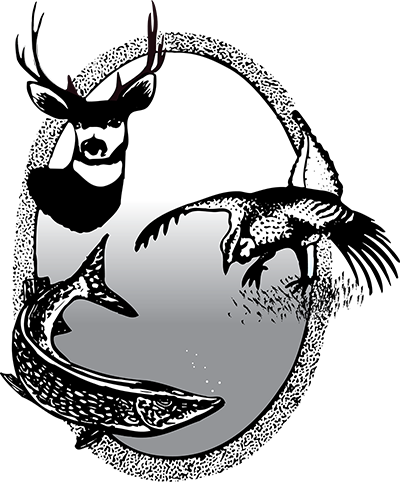2026-28 Watercraft Registration
North Dakota watercraft owners should note that 2026 is the first year of a new three-year registration period.
The price to register motorboats under 16 feet in length in North Dakota, and all canoes, is $30; motorboats from 16 feet to less than 20 feet in length is $45; and motorboats at least 20 feet in length is $60. Fees are prorated.
In addition, a $15 aquatic nuisance species fee will be required with each watercraft registration.
The 2026-28 watercraft registration cycle runs through Dec. 31, 2028.
New watercraft owners can attach the required documentation, such as the bill of sale or proof of taxes paid, with the online purchase, or send in the required documentation via standard mail. A 10-day temporary permit will be issued to allow for processing and delivery of registration and decals. For timely processing, Game and Fish encourages watercraft owners to submit attachments online.

 North Dakota Game and Fish Department
North Dakota Game and Fish Department